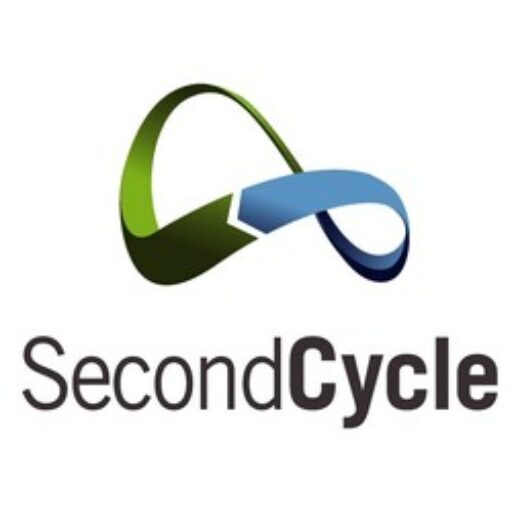Every year, more than 100 billion tones of resources enter the economy, including metals, minerals, and fuels, as well as biological elements derived from plants and animals. If current trends continue, resource use will have quadrupled since 1970 and could treble again by 2050. According to several studies, to sustainably support our current resource use, we’d require 1.5 Earths.
Human, wildlife, and the environment are all suffering as a result of this widespread consumption. Shifting from linear, use-it-up-and throw-it-away models to a circular economy, where waste and pollution are planned out, products and materials are maintained in use for longer, and natural systems can regenerate, is more important than ever.

A circular economy, on the other hand, isn’t simply about repairing environmental problems : evidence demonstrates that it may create significant opportunities and beneficial consequences across industries, sectors, and people’s lives. The circular economy focuses on maximizing the use of natural resources such as forests, soil, water, air, metals, and minerals. A growing number of businesses, governments and civil society organizations are coming together to drive the change through circular economy.
The circular economy, which makes it possible to reconcile environmental and economic needs, is based on several concepts. Among these concepts, on which we can rely, we have :
- Adopt environmentally responsible practices;
- Reduce energy consumption and greenhouse gas emissions;
- Analyze the life cycle of products;
- Improve energy efficiency;
- Create new products with eco-design.
Is your company considering a circular economy project?
Contact us toll free : 1 833-280-2828

